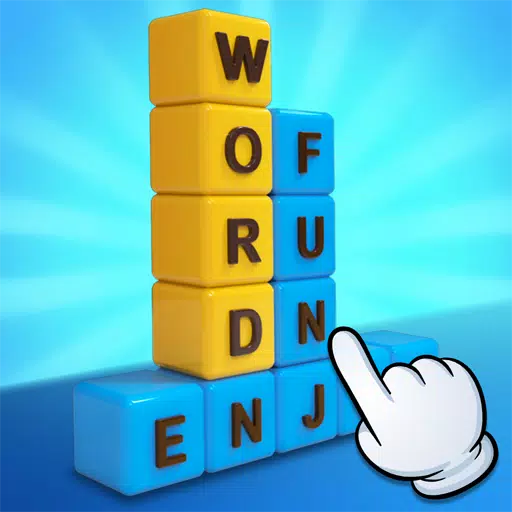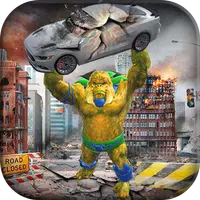What kind of flowers are there in Minecraft
From vibrant dyes to stunning landscape decorations, Minecraft's diverse flora offers a wealth of possibilities. This guide explores the unique characteristics and uses of various flowers, enhancing your in-game adventures.
Table of Contents
- Poppy
- Dandelion
- Allium
- Rose Bush
- Wither Rose
- Peony Bush
- Lily of the Valley
- Tulip
- Azure Bluet
- Blue Orchid
- Cornflower
- Torchflower
- Lilac
- Oxeye Daisy
- Sunflower
Poppy
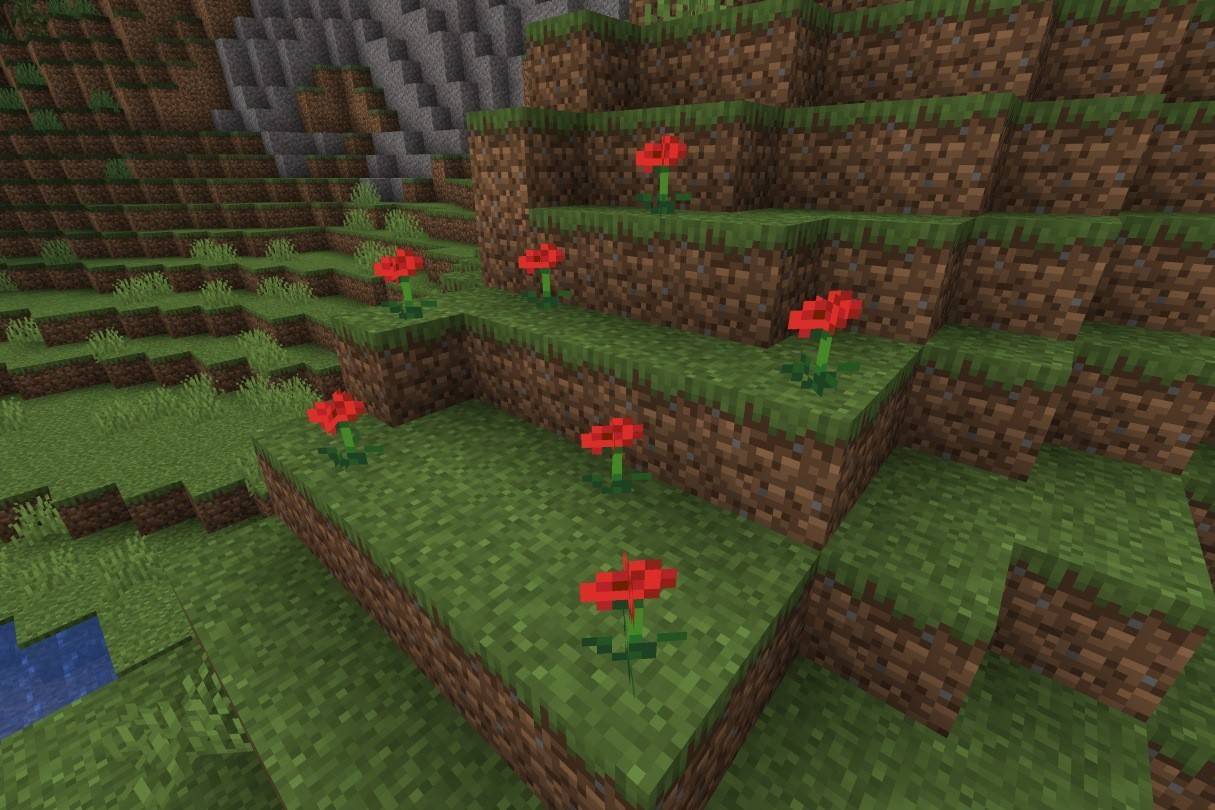
Replacing the original "rose" and cyan flowers, poppies are readily found across multiple biomes and even dropped by Iron Golems. Their primary use is crafting red dye, essential for coloring banners, beds, wool, sheep, and wolf collars.
Dandelion
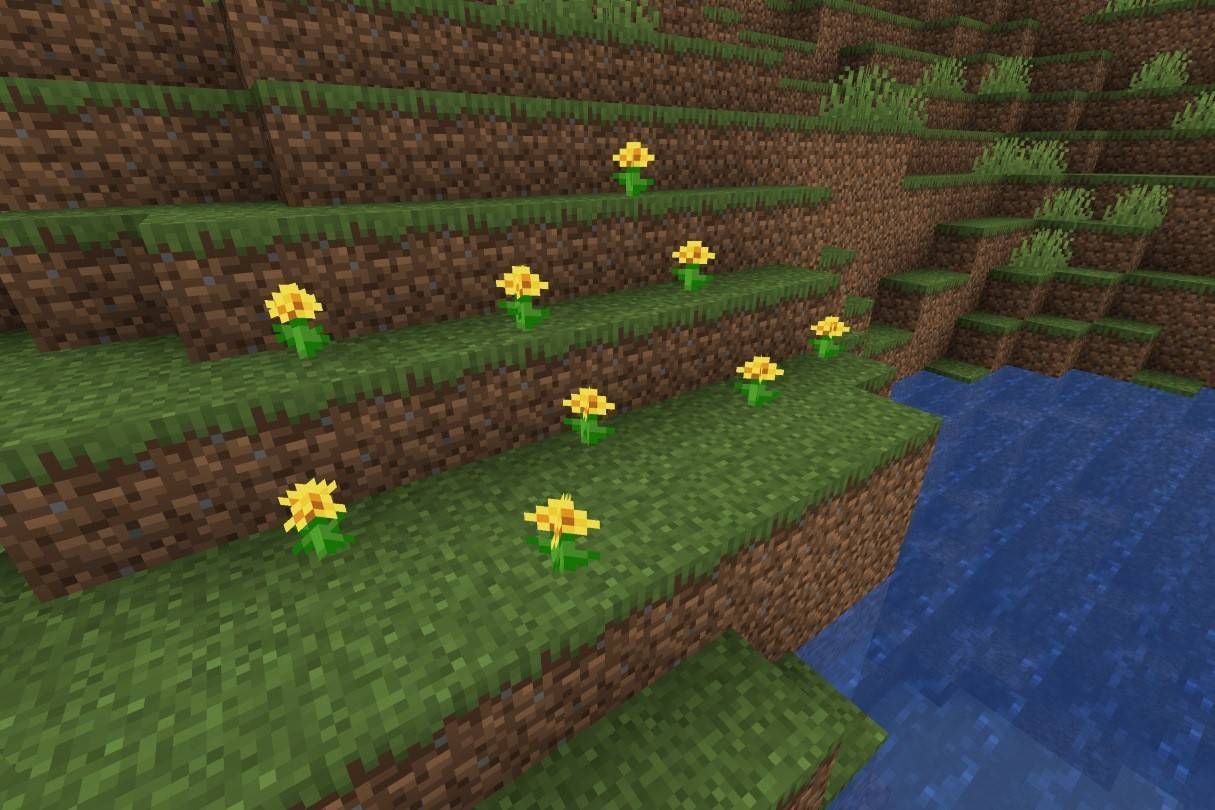
These cheerful yellow blossoms, absent from marshes and ice plains, are a key source of yellow dye. While producing one dye unit, sunflowers yield double the amount. Perfect for brightening up banners, wool, and other decorations.
Allium
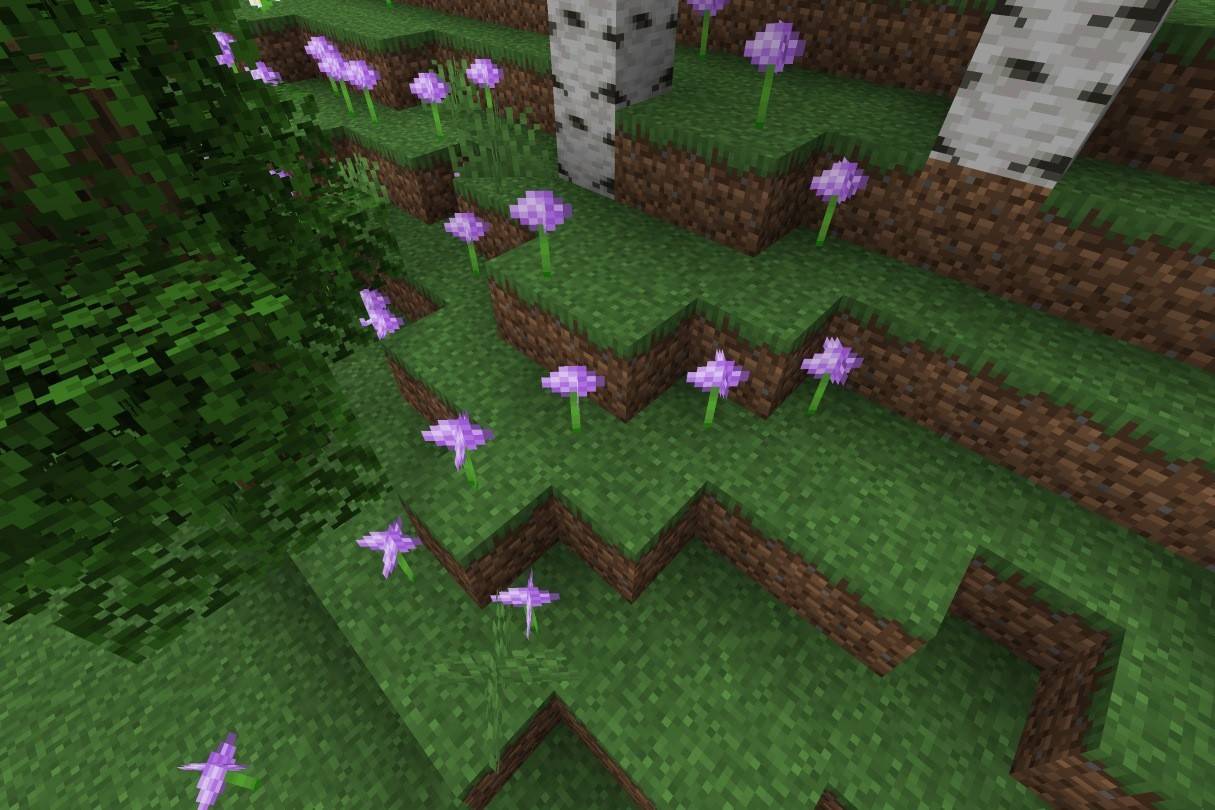
Alliums, the stunning purple flowers of flower forests, are crucial for creating magenta dye. This dye is used to recolor mobs and craft magenta stained glass, terracotta, and wool, adding a touch of elegance to any build.
Rose Bush
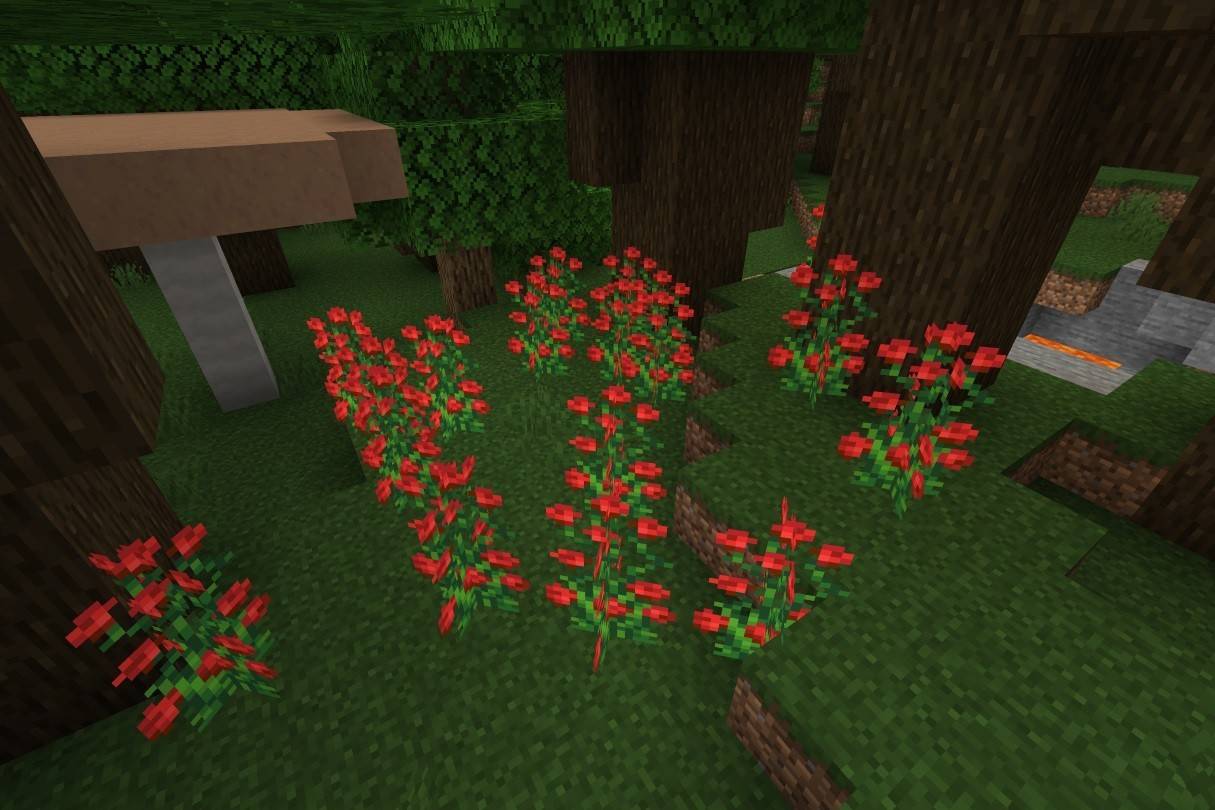
These tall, red-flowered plants, found in various wooded biomes, yield red dye. Use this dye to color wool, banners, beds, and leather armor, adding a splash of vibrant color to your creations.
Wither Rose
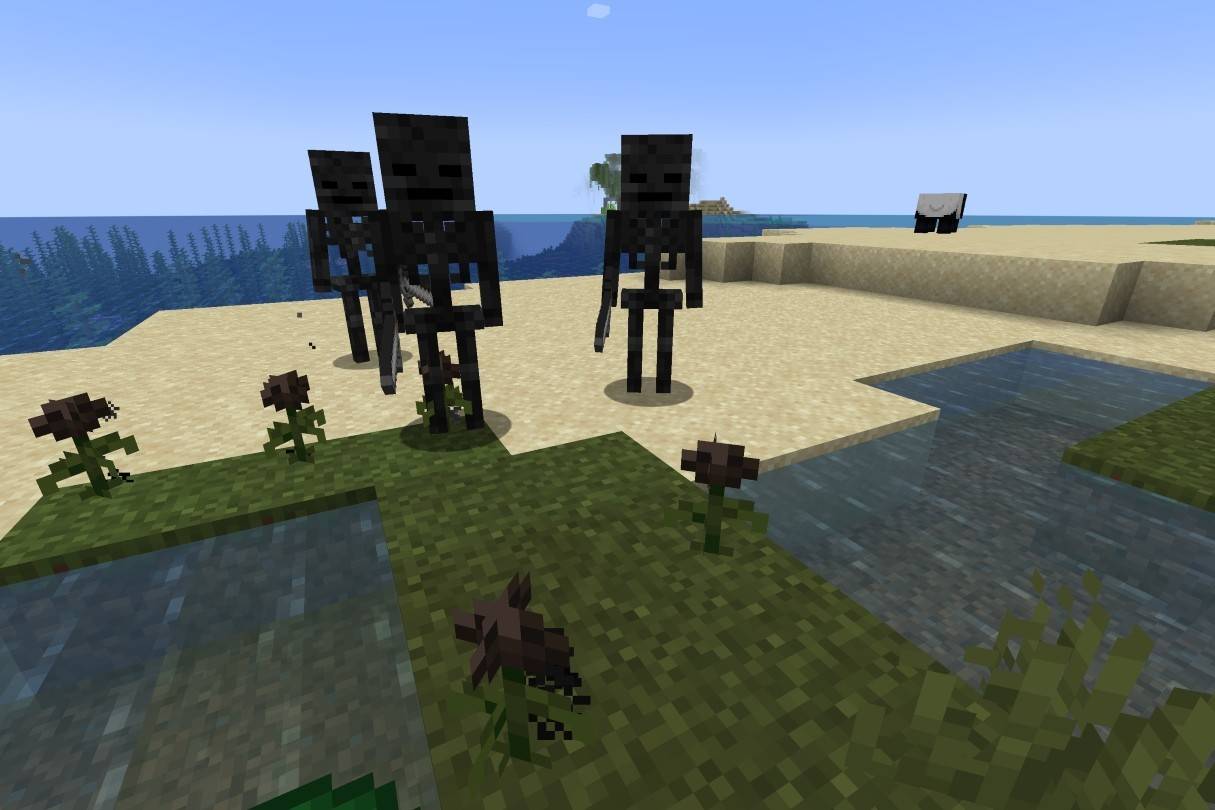
Unlike its harmless counterpart, the Wither Rose is a dangerous flower, inflicting the Wither effect upon contact. However, it's a source of black dye, used for coloring leather armor, terracotta, banners, beds, and wool, and in crafting firework stars and black concrete powder.
Peony Bush
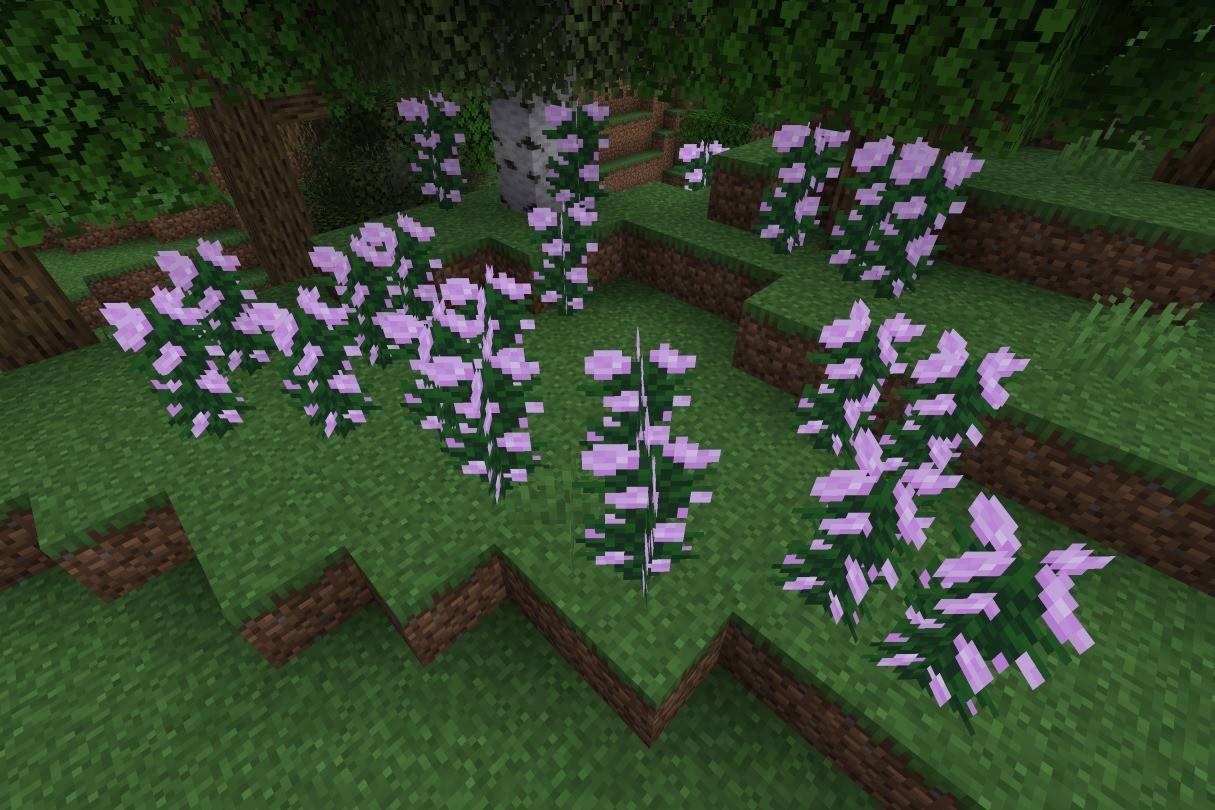
These tall, pink flowers, thriving in woodland biomes, produce pink dye, either directly or by combining red and white dye. Bone meal can be used to cultivate them, offering a readily renewable source of pink dye for wool, stained glass, terracotta, and wolf collars.
Lily of the Valley
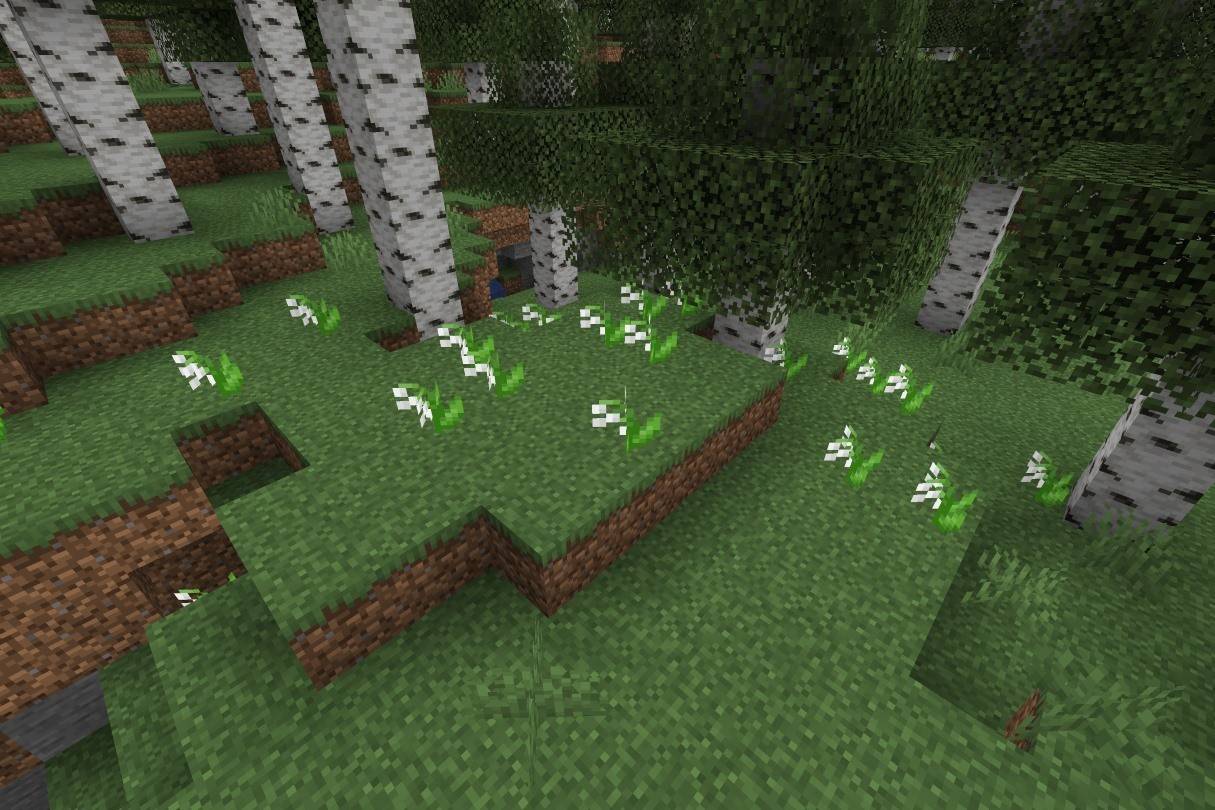
These delicate, bell-shaped flowers, found in forests and flower forests, yield white dye. Essential for creating various secondary dyes, including gray, light gray, light blue, lime, magenta, and pink, making them incredibly versatile.
Tulip
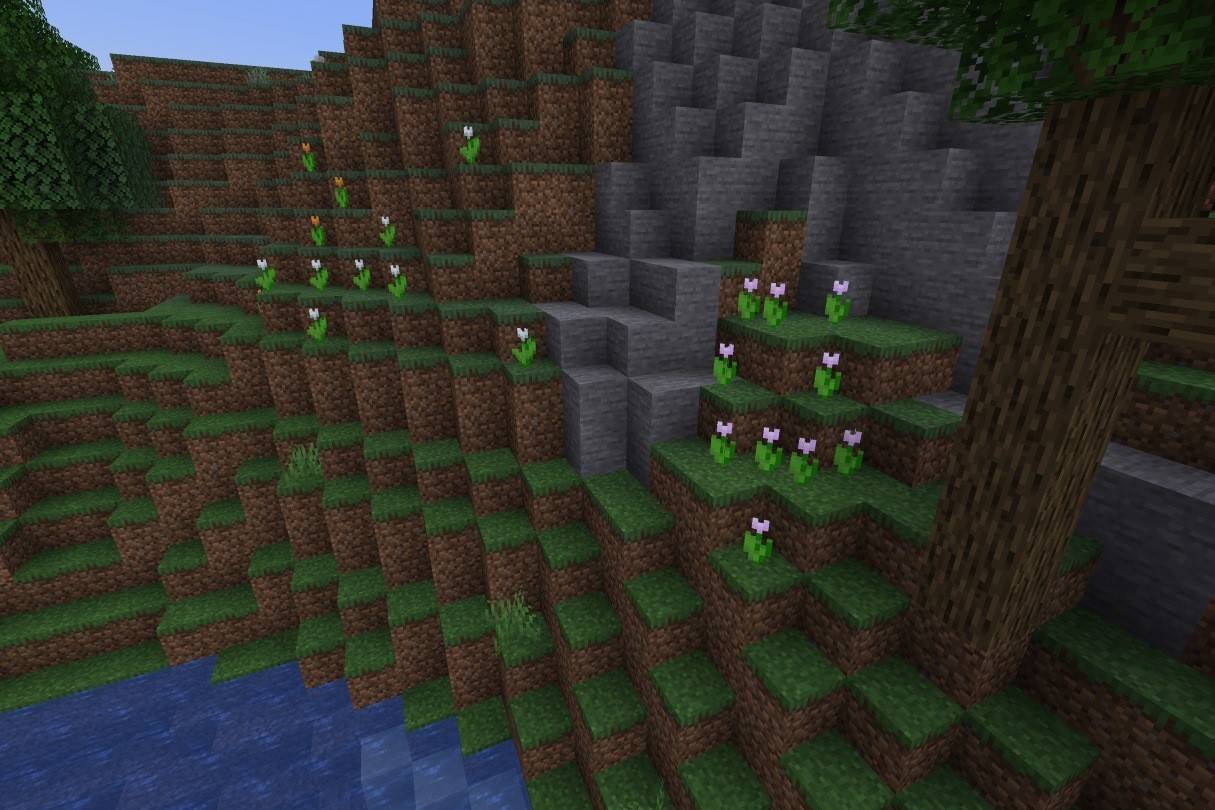
Tulips, found in plains and flower forests, come in red, orange, white, and pink varieties, each yielding a corresponding dye. This variety offers a wide range of coloring options for your builds and items.
Azure Bluet
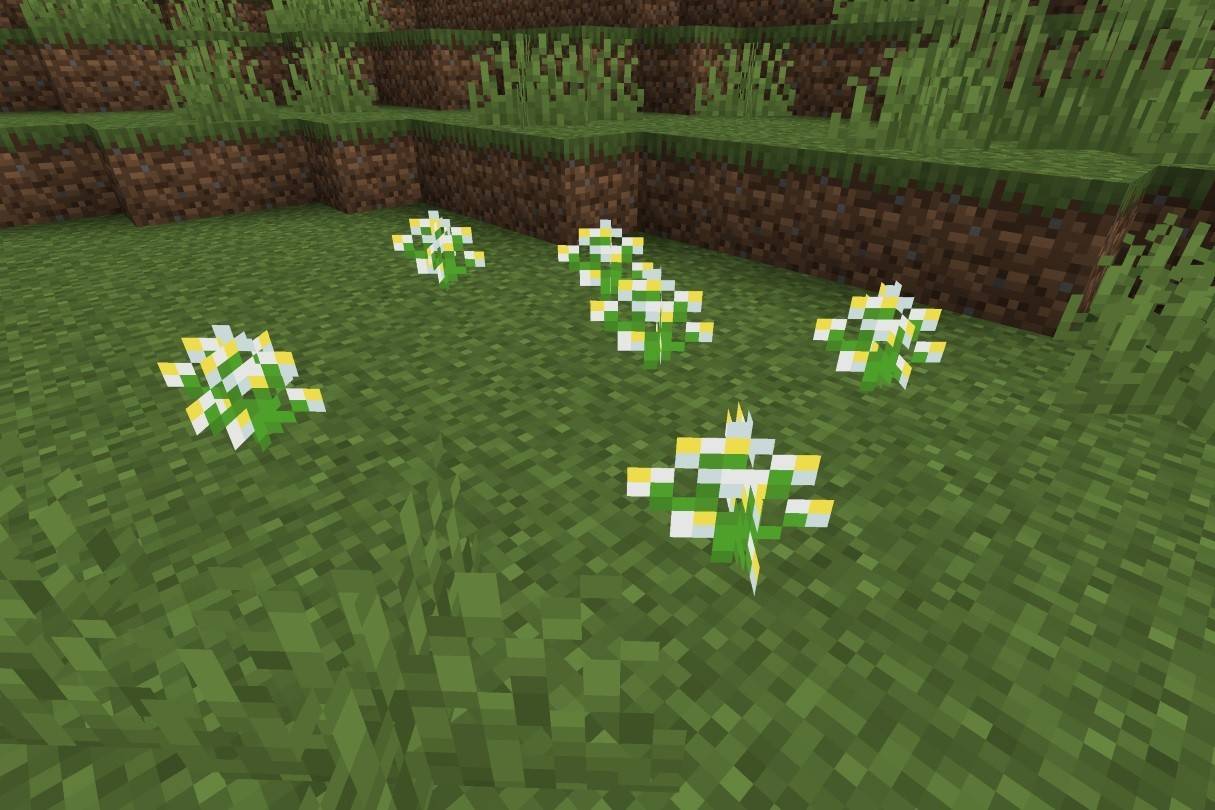
These small, white and yellow flowers, found in grasslands, sunflower plains, and flower forests, are used to create light gray dye.
Blue Orchid
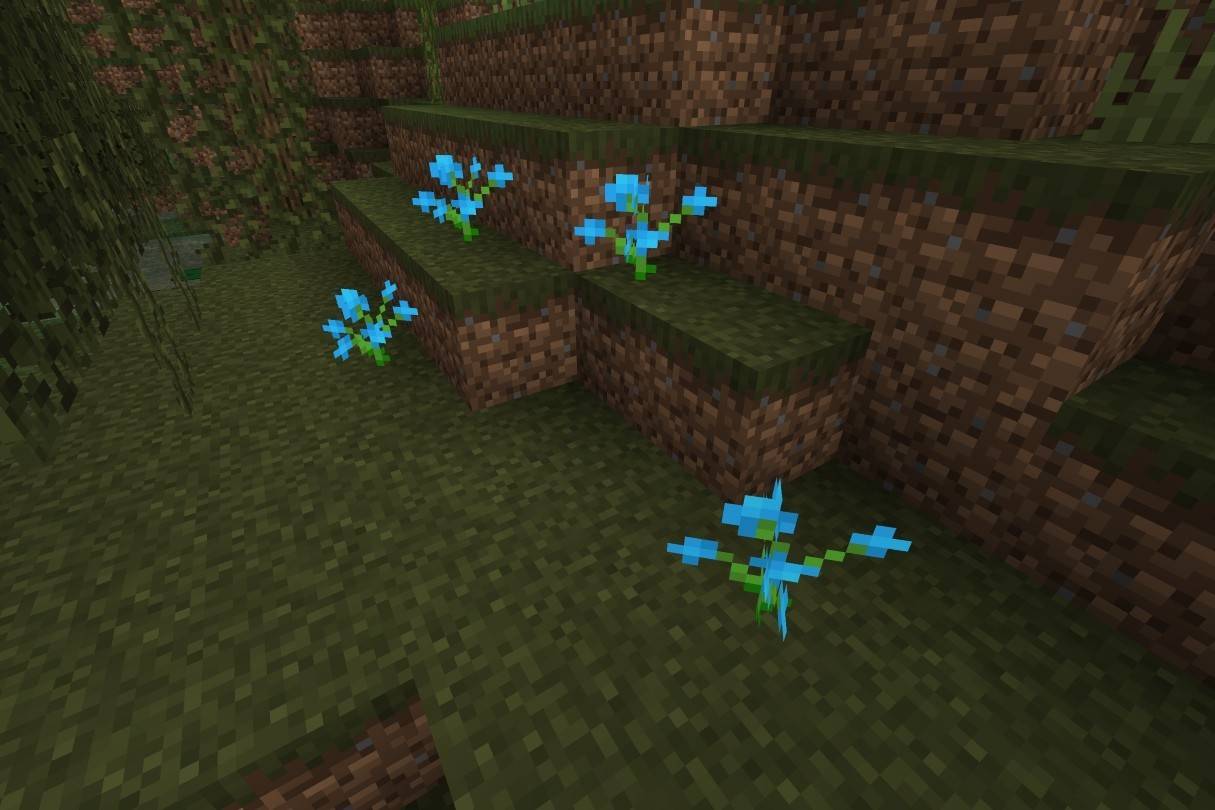
A rare flower found in swamp and taiga biomes, the blue orchid is a valuable source of light blue dye.
Cornflower
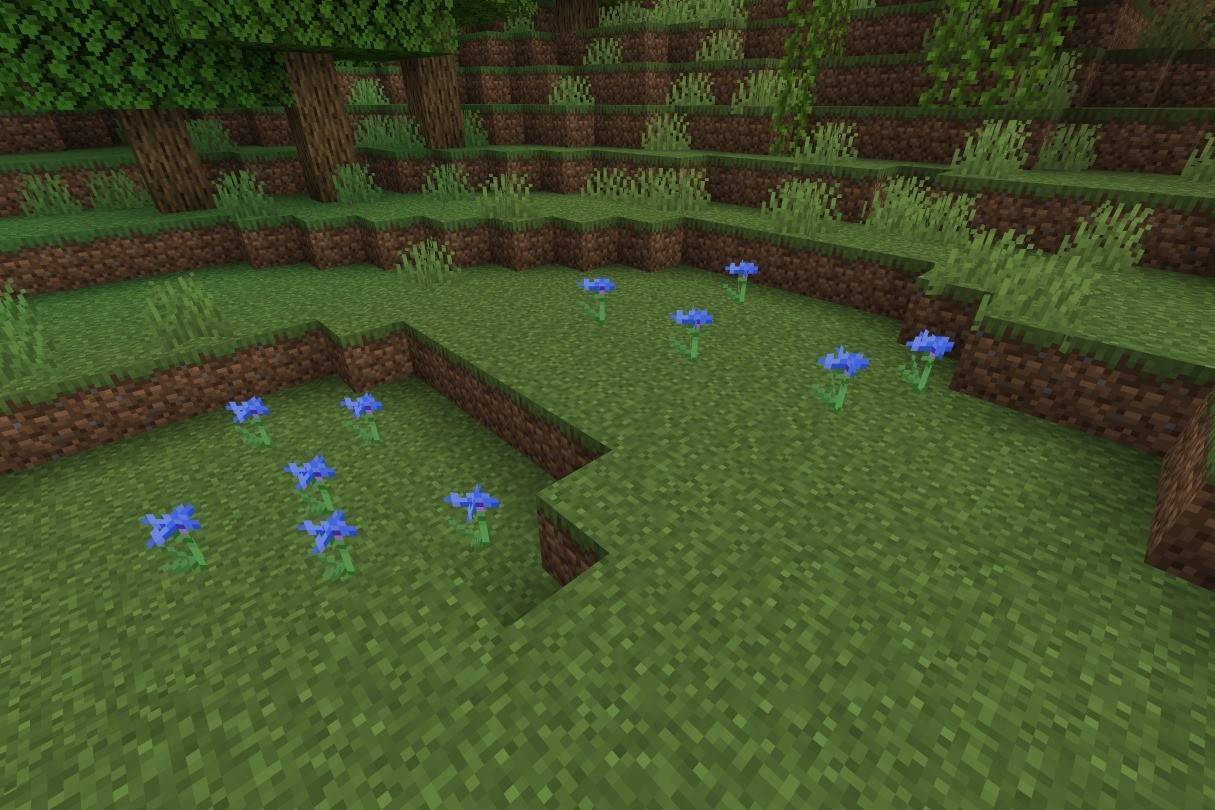
These blue flowers, found in plains and flower forests, are used to create blue dye for wool, glass, and terracotta.
Torchflower
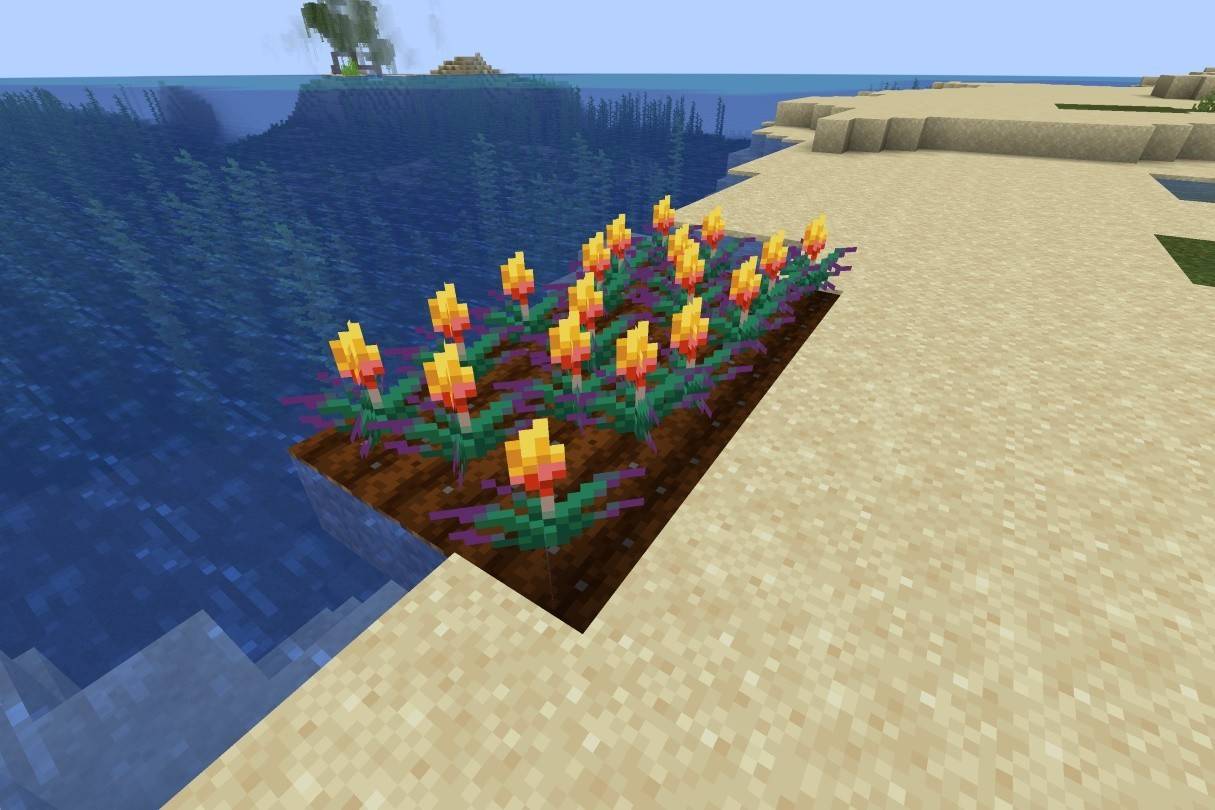
Grown from seeds, the torchflower yields orange dye. Its behavior varies slightly between Java and Bedrock Editions.
Lilac
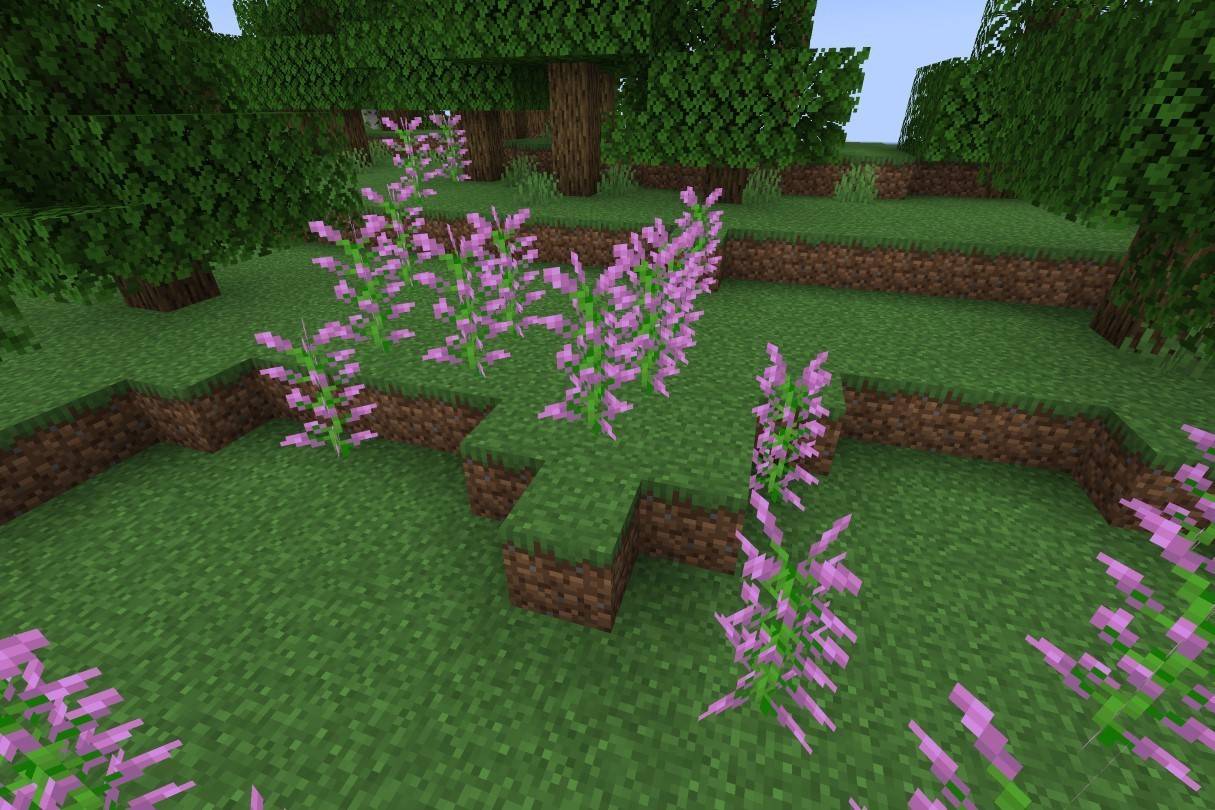
These tall, light-purple flowers, found in various forest biomes, are used to create magenta dye.
Oxeye Daisy

Found in plains biomes, the oxeye daisy is used to create light gray dye and can be used decoratively in banners.
Sunflower
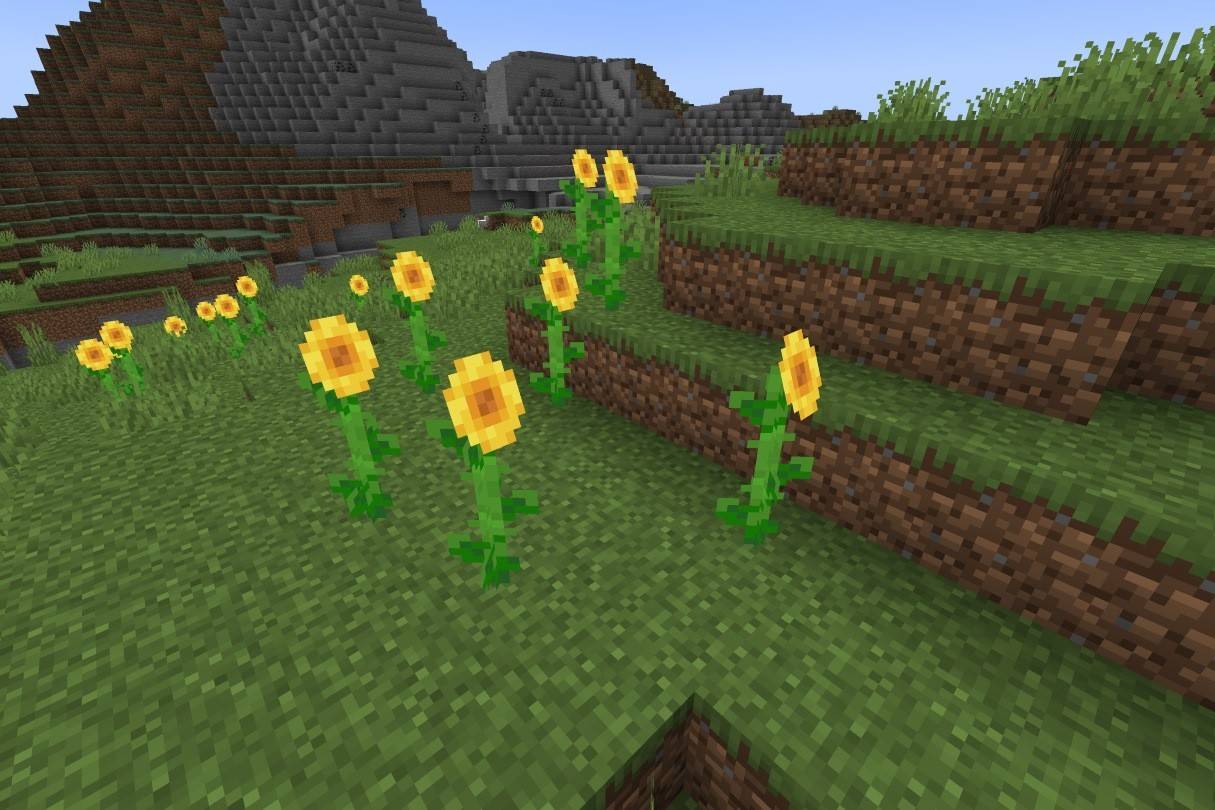
These tall flowers, found in sunflower plains, are used to create yellow dye and are also useful for navigation due to their eastward orientation.
-
1
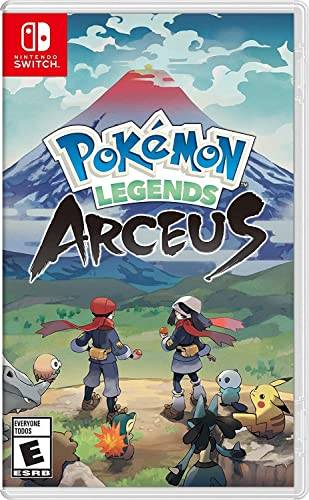
Every Pokémon Game on the Nintendo Switch in 2025
Feb 25,2025
-
2

How To Read Black Panther Lore: The Blood of Kings in Marvel Rivals
Mar 01,2025
-
3
![Anime Vanguards Tier List – Best Units For Each Gamemode [UPDATE 3.0]](https://images.gzztb.com/uploads/35/17376012656791b0f12fa1c.jpg)
Anime Vanguards Tier List – Best Units For Each Gamemode [UPDATE 3.0]
Feb 27,2025
-
4

Nvidia RTX 5090 Specs Leak: Rumor Confirmed?
Mar 14,2025
-
5

Hearthstone has kicked off the Year of the Raptor with a myriad of new content
Mar 16,2025
-
6

Ragnarok X: Next Gen - Complete Enchantment Guide
May 25,2025
-
7

Roblox: Trucking Empire Codes (January 2025)
Mar 05,2025
-
8

McLaren Returns to PUBG Mobile Collaboration
Aug 27,2024
-
9

January 15 Is Suddenly a Big Day for Call of Duty: Black Ops 6 Zombies Fans
Feb 20,2025
-
10

Assetto Corsa EVO Release Date and Time
Jan 05,2025
-
Download

DoorDash - Food Delivery
Lifestyle / 59.30M
Update: Apr 23,2025
-
Download

Niramare Quest
Casual / 626.43M
Update: Feb 21,2023
-
Download

The Golden Boy
Casual / 229.00M
Update: Dec 17,2024
-
4
POW
-
5
Gamer Struggles
-
6
Mother's Lesson : Mitsuko
-
7
Poly Pantheon Chapter One V 1.2
-
8
How To Raise A Happy Neet
-
9
Dictator – Rule the World
-
10
Strobe


